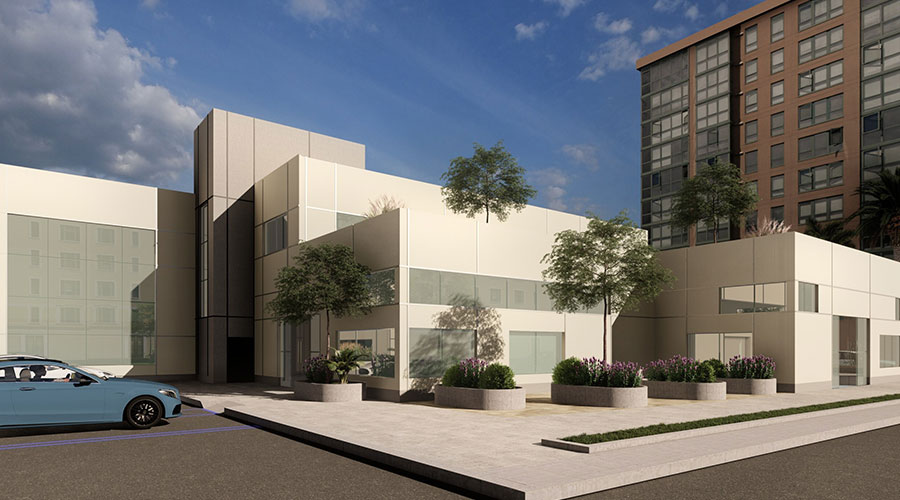Major natural disasters over the last decade or so have seriously damaged or destroyed a number of U.S. health care facilities, spurring planners to invest resilient design, according to an article on the Trustee magazine website.
When catastrophe strikes, healthcare organizations must continue to operate. It’s a matter of patient safety, business continuity and public service, Doug Erickson, chair of the Health Guidelines Revision Committee, which oversees the Guidelines for Design and Construction of Health Care Facilities, said in the article.
Recovery costs to the New York healthcare sector following Hurricane Sandy in 2012 were estimated at $3.1 billion.
Resilient design can include elements such as a precast exterior and a multilayer roof system constructed of lightweight concrete atop a metal deck. Specially designed glazing systems featuring laminated glass can withstand 140-mph winds. Storm-resistant doors and door hardware provide additional protection.

 UF Health Hospitals Rely on Green Globes to Realize Their Full Potential
UF Health Hospitals Rely on Green Globes to Realize Their Full Potential How Healthcare Facilities Can Be Truly Disaster-Resilient
How Healthcare Facilities Can Be Truly Disaster-Resilient TriasMD Breaks Ground on DISC Surgery Center for San Fernando Valley
TriasMD Breaks Ground on DISC Surgery Center for San Fernando Valley Bigfork Valley Hospital Falls Victim to Data Breach
Bigfork Valley Hospital Falls Victim to Data Breach AI-Driven Facilities: Strategic Planning and Cost Management
AI-Driven Facilities: Strategic Planning and Cost Management